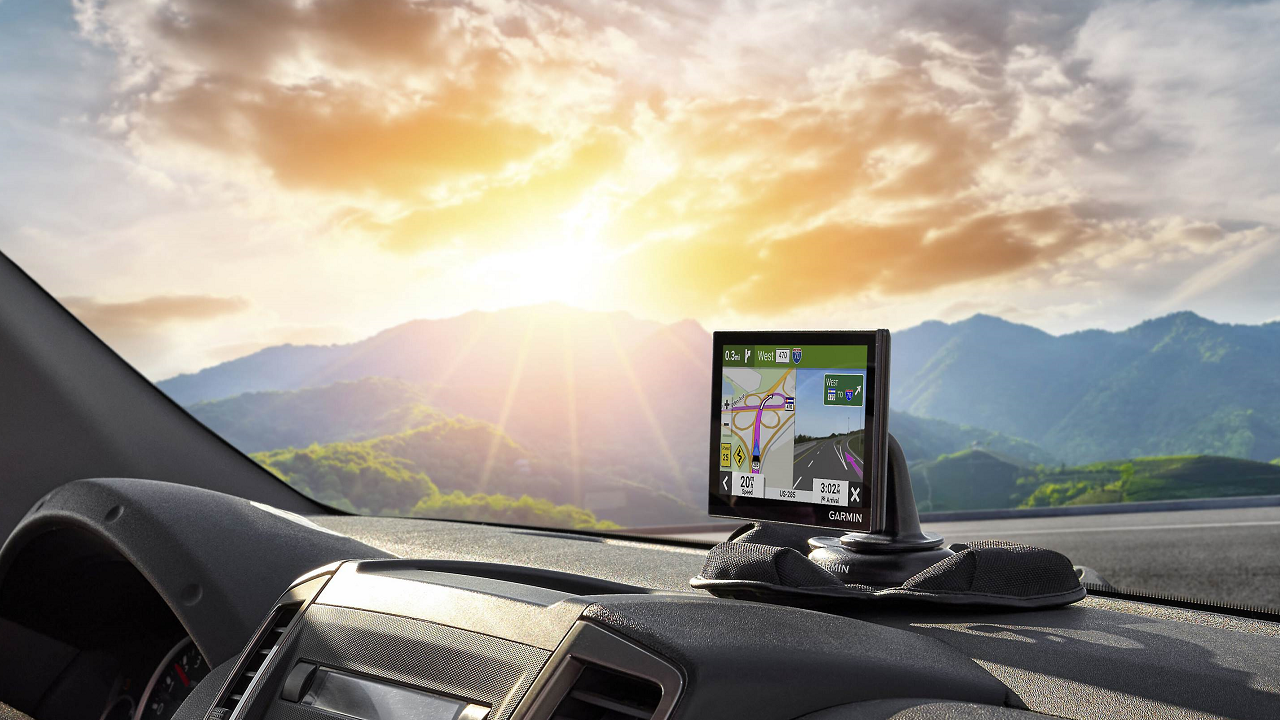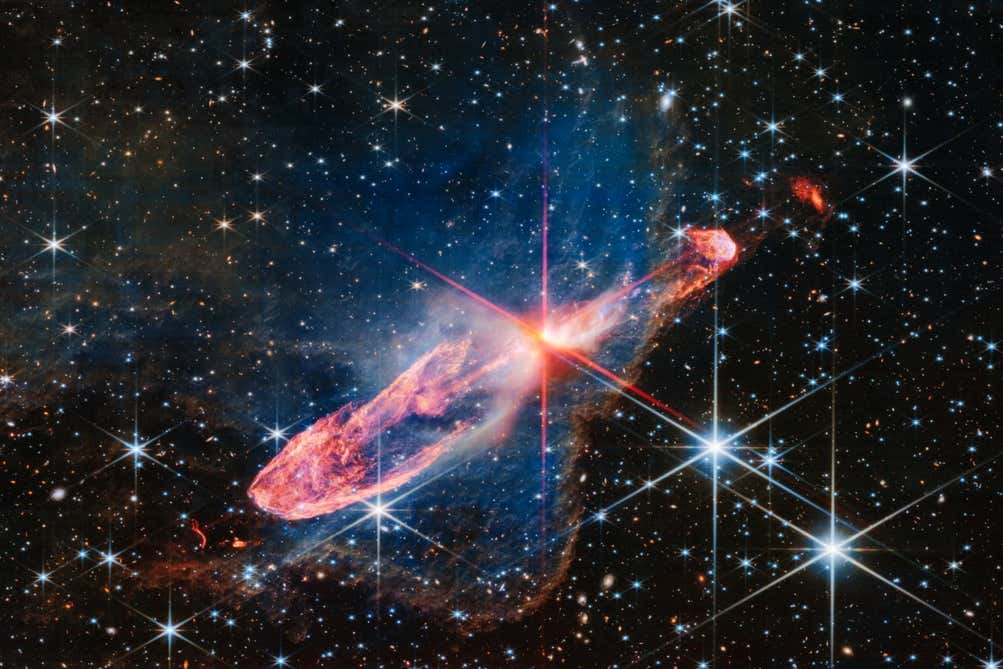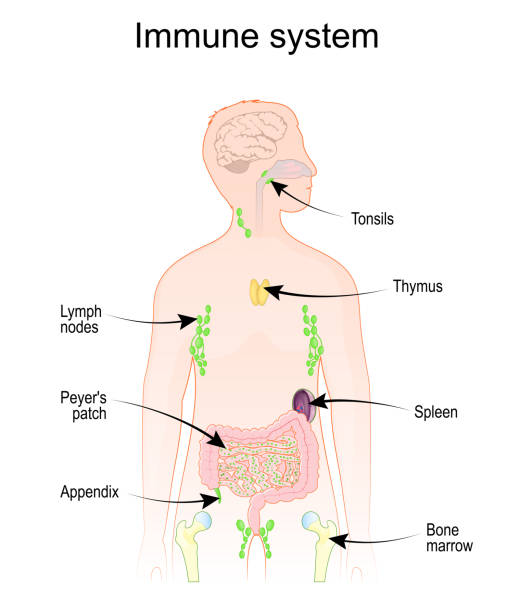When most people hear the words “space technology,” they think of astronauts floating in the International Space Station, rockets blazing into orbit, or robotic explorers wandering across the dusty surface of Mars. Space, for many, feels distant—something that belongs to scientists, engineers, and dreamers far away from the realities of our daily routines. But what if I told you that space technology touches your life every single day, often in ways you don’t even realize?
From the moment you wake up and check the weather on your phone to the instant you navigate traffic with GPS or heat food in your microwave, space research is quietly woven into the fabric of your everyday existence. The billions of dollars invested in space programs haven’t just fueled exploration; they’ve returned to Earth as innovations that shape medicine, communication, safety, food, and even the way we entertain ourselves.
In this article, we’ll take a journey through 15 incredible ways space technology impacts your daily life. You’ll discover how inventions designed for astronauts and satellites orbiting Earth are making life healthier, safer, and more connected for all of us.
1. GPS and Navigation Systems
Imagine driving across a new city without GPS, relying only on maps and guesswork. Global Positioning System (GPS) satellites, a direct product of space technology, have revolutionized the way we navigate. Today, billions of people rely on GPS not just for driving, but for hiking, shipping, agriculture, aviation, and even personal fitness trackers.
What makes it mind-blowing is the precision—GPS satellites orbit thousands of kilometers above Earth, yet they can pinpoint your location to within a few meters. Farmers use GPS to plant crops more efficiently, saving resources. Logistics companies use it to track shipments. Even emergency responders rely on GPS to reach people in need faster. Every time you open Google Maps or ask your phone for directions, you’re tapping into space.
2. Weather Forecasting and Climate Monitoring
How do we know if it will rain tomorrow, or if a hurricane is forming in the Atlantic? Satellites orbiting Earth constantly monitor weather systems, atmospheric conditions, and ocean temperatures. These observations make accurate weather forecasting possible, saving countless lives from storms and natural disasters.
Beyond daily forecasts, space-based climate monitoring has become essential in understanding long-term environmental changes. Satellites track polar ice melt, deforestation, rising sea levels, and greenhouse gases. Without space technology, our ability to fight climate change and protect communities would be severely limited.
So the next time you check the forecast to decide if you need an umbrella, remember—it’s thanks to satellites high above the Earth.
3. Satellite Communications
When you make an international call, stream a video, or tune in to live global news, you’re often connecting through communication satellites. These satellites relay signals across continents and oceans, making instant global communication possible.
Before satellites, long-distance communication relied on undersea cables and was expensive, unreliable, and limited. Now, satellite communications connect remote villages, enable broadcasting, and even support military and disaster relief operations.
In fact, many airplanes use satellite Wi-Fi so passengers can stay connected even while flying thousands of meters above the ground. Without space technology, the interconnected global society we know today wouldn’t exist.
4. Internet Access in Remote Areas
For people in cities, fast internet feels ordinary. But for those in remote or rural regions, internet access is a lifeline that often only satellites can provide. Projects like Starlink, OneWeb, and other satellite internet systems are expanding connectivity to millions of people who previously lived offline.
This access brings educational opportunities, medical resources through telehealth, and economic growth. It’s not just about convenience—it’s about equity. Space technology is literally bridging the digital divide on Earth.
5. Medical Imaging and Diagnostics
Space exploration has driven advancements in medical technology in surprising ways. For instance, techniques used to process images from space telescopes have been adapted into medical imaging, improving MRI and CT scans. The ability to enhance faint signals in astronomical data translates into clearer, more accurate diagnostic images for patients.
Astronaut health monitoring has also led to innovations in telemedicine, wearable health trackers, and non-invasive diagnostic tools. Devices developed for use in space—where sending someone to the hospital is impossible—are now being applied in rural clinics and emergency situations worldwide.
Your annual medical check-up may owe its accuracy to lessons learned in space.
6. Water Purification Systems
Clean drinking water is a basic human need, but for astronauts in orbit, it’s a survival necessity. NASA developed advanced filtration and purification systems that recycle wastewater, including urine, into clean, drinkable water. These systems have since been adapted for use on Earth, especially in disaster zones, refugee camps, and developing countries where clean water is scarce.
Millions of people have benefitted from space-inspired water purification technology. What started as a solution for spaceflight is now saving lives on the ground every day.
7. Memory Foam and Everyday Comfort
In the 1960s, NASA developed viscoelastic foam—better known today as memory foam—to improve crash protection for astronauts. This material was designed to absorb impact and evenly distribute weight.
Today, memory foam is everywhere: in mattresses, pillows, shoe insoles, and even helmets. It has transformed how we sleep, sit, and protect ourselves. Every restful night on a memory foam mattress is a small gift from space research.
8. Scratch-Resistant Lenses
Astronauts’ helmet visors needed to withstand micrometeoroids and the harsh environment of space. To solve this, NASA developed scratch-resistant coatings for plastic. This innovation quickly made its way into consumer products, especially eyeglasses and sunglasses.
Now, millions of people wear scratch-resistant lenses every day, often without realizing they’re benefiting from space technology.
9. Cordless Power Tools
Have you ever used a cordless drill or vacuum cleaner? You can thank NASA for that. When planning missions to the Moon, engineers realized astronauts would need portable, battery-powered tools. NASA partnered with companies to create lightweight, cordless power tools capable of working in space.
These innovations inspired the development of cordless tools we use daily at home and in construction, making life more convenient and efficient.
10. Fire-Resistant Materials and Safety Gear
Spacecraft must withstand extreme conditions—intense heat during launch, freezing temperatures in orbit, and potential fires inside enclosed cabins. NASA’s work on flame-resistant materials has led to improved fire safety gear for firefighters and industrial workers.
Today, many firefighters wear suits inspired by space research, giving them better protection when entering burning buildings. In this way, space exploration continues to save lives back on Earth.
11. Freeze-Dried Foods
When NASA needed lightweight, long-lasting food for astronauts, they turned to freeze-drying—a process that removes water from food while preserving nutrients and flavor. Freeze-dried meals were perfect for space missions, but they also transformed food storage on Earth.
Today, freeze-dried foods are common in camping supplies, emergency kits, and even household snacks. From strawberries to coffee, these lightweight foods make nutrition more portable and accessible.
12. Satellite Television and Broadcasting
Sports fans cheering for a game across the world or families watching live coverage of global events are often relying on satellite television. Broadcast satellites beam signals to dishes worldwide, making it possible to share entertainment, education, and information instantly.
Satellite TV not only entertains but also connects people across cultures, shaping global awareness and unity.
13. Agriculture and Food Security
Space technology doesn’t just help astronauts eat—it helps farmers grow food here on Earth. Satellites monitor soil moisture, crop health, and weather patterns, providing farmers with valuable data for precision agriculture.
This information allows farmers to use water, fertilizer, and pesticides more efficiently, increasing yields while reducing environmental impact. In a world where food security is a growing challenge, space technology is playing a direct role in feeding billions.
14. Disaster Response and Emergency Management
When natural disasters strike—earthquakes, tsunamis, hurricanes—satellites provide critical real-time information. They help track storms, assess damage, and coordinate rescue efforts.
For example, after earthquakes, satellites can map ground shifts and identify areas most affected. During floods, they track water spread. These capabilities save lives by enabling faster, more accurate disaster response.
Every time aid arrives quickly after a catastrophe, there’s a good chance space technology played a role.
15. Space Research Inspiring Everyday Innovation
Not every impact of space technology is tied to a specific invention. Often, it’s the broader culture of innovation that NASA and other space agencies foster. The challenges of space exploration—harsh environments, limited resources, and the need for efficiency—push engineers and scientists to develop new solutions. These solutions often find their way into consumer products, industrial applications, and global systems.
For example, robotics developed for space missions have been adapted for surgery. Sensors used to monitor spacecraft are now used in cars for safety. Materials designed for spacecraft insulation are used in construction. The spirit of space exploration—solving the impossible—ripples into countless aspects of daily life.
Conclusion
Space may feel far away, but in truth, it surrounds you every day. From the mattress you sleep on to the GPS guiding you through traffic, from the clean water you drink to the weather forecast that helps you plan your day—space technology is quietly shaping your world.
The billions invested in space exploration are not just about rockets and planets; they are about creating a better life here on Earth. Space technology reminds us that when we look up at the stars, we’re also finding ways to improve life under the sun.
The next time someone asks, “Why spend money on space when we have problems on Earth?” you’ll know the answer: because space and Earth are connected. Every step we take into the cosmos brings something back home—a reminder that exploration fuels progress, and progress touches us all.






